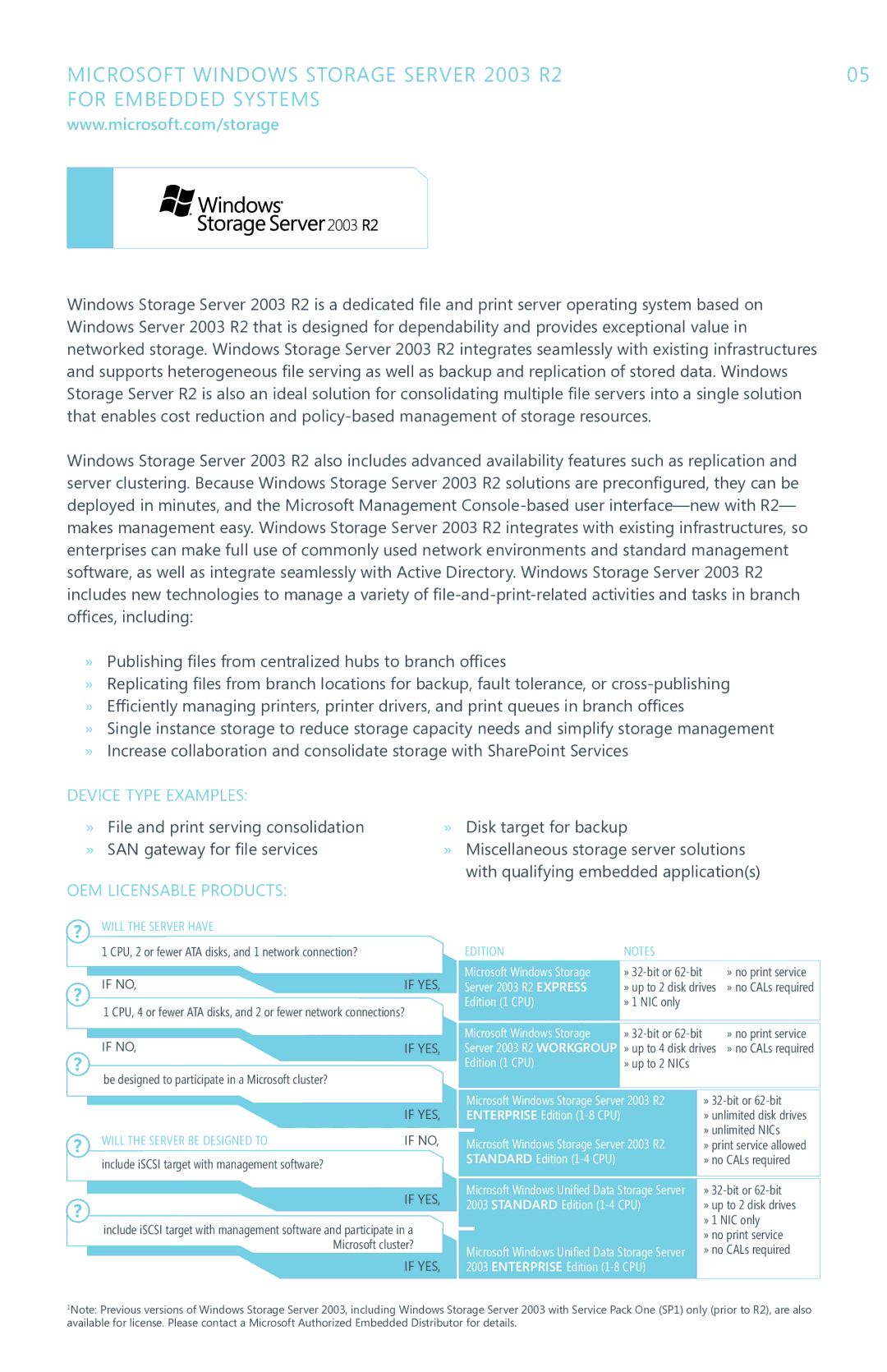volume 2 specifications
Microsoft, a technology giant, has continuously evolved to meet the demands of a rapidly changing digital landscape. In its Volume 2 suite of offerings, the company has incorporated several innovative features, cutting-edge technologies, and defining characteristics that set it apart from competitors.One key feature of Microsoft Volume 2 is its integration of artificial intelligence. The suite harnesses AI technologies to enhance user experience and streamline workflows. With applications powered by AI, users can benefit from intelligent assistance that anticipates needs, automates repetitive tasks, and provides data-driven insights. This integration allows businesses to make smarter decisions and increases overall productivity.
Another significant aspect of Microsoft Volume 2 is its cloud-first approach. Leveraging Microsoft Azure, the suite offers scalable and flexible solutions that can adapt to the specific needs of organizations, regardless of their size. By utilizing cloud technology, users can access services and applications from anywhere, ensuring that work continues seamlessly, whether in-office or remote. This capability is especially crucial in an era where hybrid work models are becoming the norm.
Collaboration tools also take center stage in Microsoft Volume 2. Features such as Microsoft Teams foster enhanced communication and collaboration among team members. With real-time document sharing, video conferencing, and integrated task management systems, Teams has become a vital hub for teamwork. This connectivity helps break down silos, encouraging innovation and agility within organizations.
Data security and compliance are paramount in today's business environment, and Microsoft Volume 2 addresses these concerns with robust security features. Advanced threat protection, data encryption, and multi-factor authentication help safeguard sensitive information. Furthermore, compliance tools assist businesses in adhering to regulations, offering peace of mind in regards to data privacy.
Lastly, the user experience within Microsoft Volume 2 has been designed with accessibility in mind. A commitment to inclusivity means that the suite includes features catering to users with diverse needs. This focus enhances overall usability and ensures that everyone can leverage technology effectively.
In conclusion, Microsoft Volume 2 encapsulates key advancements in AI, cloud computing, collaboration, security, and user accessibility. These features and technologies position it as a comprehensive solution for modern businesses, enabling them to thrive in a dynamic digital landscape.

